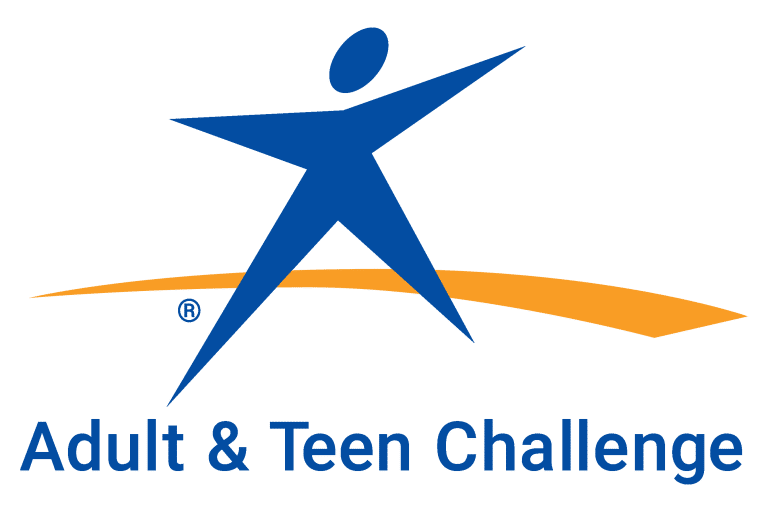In the last article we explored where to find grant opportunities and the importance of selecting opportunities that are considered a ‘good fit’ for your center, program, or need. Once these opportunities are selected, it is equally important to follow the directions provided by the granting agency when applying for funding. Most granting groups will provide you with written instructions on the application process. Typically this application process will consist of the construction of a grant proposal.
The Traditional Foundation Proposal Format
A typical foundation proposal generally consists of the following components. Federal proposals vary in terms of the structure and components required; however, typically these components are included in some form or another.
Organizational Description: This section describes the organization seeking funds. Important to consider in this component is: (1) The history of the organization; (2) the mission of the organization; and (3) a description of the experience of the organization in managing grant funds and implementing similar projects to the one that is to be funded, and (4) the experience of the organization in working with the population that will be receiving services (where applicable).
Needs Statement: This section describes the need for the program or project. This section also typically describes the population that will be receiving services. Typically this section contains: (1) academic literature related to the need for a particular project to be implemented, (2) the need for the project among the population that project will serve, and (3) the need of the organization for funds.
Program Strategy & Description: This section describes the goals and objectives of the project and/or the anticipated outcomes of implementing the project. This section describes: (1) the framework or theory guiding the strategy approach, (2) a details of the project or components of the project, and (3) a timeline for when the activities of the project will be implemented.
How the anticipated outcomes of the project will be measured: Funders want to know that, if funded, the project will accomplish its goals, objectives and its desired result. Therefore, a strategy for measuring the relative success of a project is also typically included along with a report that documents the use of funds. In the next article of this series, we will explore some means of collecting data and how to present this to potential funders.
Request Details: This section details how much funding is requested and what the funds will be applied towards.
Attachments: The attachments typically requested include an organizational budget, project budget, tax statements, proof of non-profit status (if only non-profits are eligible to apply), and a list of the Board of Directors of the organization. Again, the attachments required often vary depending on the foundation and what they would like to review in considering a funding request.
Learning How to Write Grants
While the above section provides an outline and the means of organizing information in a typical foundation proposal, (as with any skill) there many ‘tricks of the trade,’ specific writing guidelines, and formatting procedures that can contribute to a proposal’s success. If you are interested in learning these procedures and guidelines, visit: www.thegrantwell.com/grant_school for information on cost-effective online and in-person grant writing trainings!
Christina Ryder, MA is the CEO of The Grantwell, LLC. The Grantwell LLC provides non-profit social service groups (including faith-based, community-based, and grassroot groups) with quality and affordable grant support, grant writing, and technical assistance. Christina has assisted various Teen Challenge centers across the country with grants and grant-related efforts.





